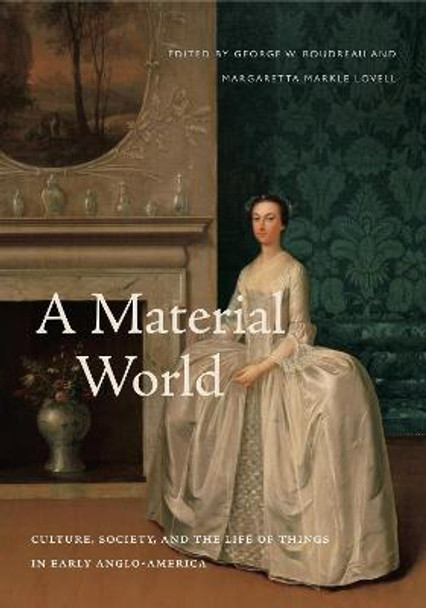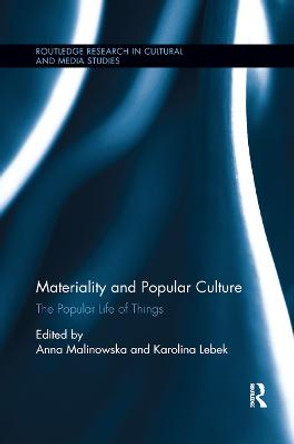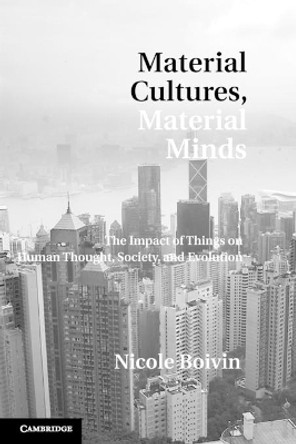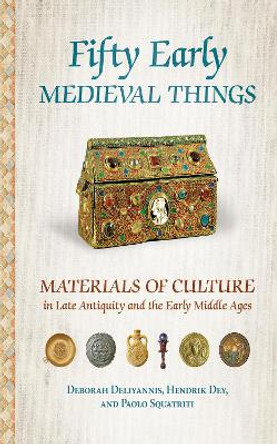Description
In this volume, scholars from various disciplines show how physical objects can expand our comprehension of how people lived, worked, and thought during the colonial and early national periods.
Inspired by the "material turn" that introduced the legibility of objects across humanities disciplines, the essays in this collection show how "reading" material objects from sites such as Monticello, Salem, and the Connecticut River Valley brings to light significant dimensions of social experience and cultural practices that are not visible in the written record of early America. Reading objects for evidence of the lives and values of the individuals and groups that imagined, fabricated, bought, and used them, the contributors examine the migration of items such as chairs, fashionable dressing tables, portraits, and even natural relics. In doing so, they uncover complex economic, ethical, and mnemonic issues; investigate the political life of seemingly unpolitical things such as a rock in Plymouth, Massachusetts; and consider the environmental riches and extraction industries behind early American prosperity and ingenuity.
Together, these essays demonstrate the value of attending closely to visual and material culture, as objects can be derided or cherished as proxies for people and ideas. A Material World will interest both academics and enthusiasts of visual and material culture, as well as anyone interested in life and society in early America.
In addition to the editors, the contributors to this volume are Paul G. E. Clemens, Edward S. Cooke Jr., Stephen G. Hague, Patricia Johnston, Laura C. Keim, Ellen G. Miles, Emily A. Murphy, Nancy Siegel, Carol Eaton Soltis, and Jennifer Van Horn.
About the Author
George W. Boudreau is Senior Research Associate at the McNeil Center for Early American Studies.
Margaretta Markle Lovell is Jay D. McEvoy Jr. Professor of History of Art at the University of California, Berkeley.
Reviews
"A vibrant compendium of essays that gives a master class in object analysis and shatters old categories of material and visual culture. Together, the authors powerfully demonstrate the global movement of commodities, the sometimes numinous power of memory objects, and the closely calibrated and negotiated human indications of wealth and power in early America. Historians of all stripes should pay attention to their clarion call to look deeply and think broadly."
-Ann Smart Martin,author of Buying into the World of Goods: Early Consumers in Backcountry Virginia
"In such a focused collection there must inevitably be omissions-of approaches, comparative material, historiography, or actors. But the volume is nevertheless proof that the meticulous study of the experience of living in a material world is richly rewarding."
-Wendy Jean Katz Panorama
"By laying out compelling examples of the cross-cultural movement of people, raw materials and ideas, this volume offers important insights into Britishness, as well as useful approaches that can further enliven and broaden our study of early American history and culture"
-Sarah Jones Weicksel Journal of Design History
Book Information
ISBN 9780271081151
Author George W. Boudreau
Format Hardback
Page Count 344
Imprint Pennsylvania State University Press
Publisher Pennsylvania State University Press
Weight(grams) 1361g
Dimensions(mm) 254mm * 178mm * 254mm








